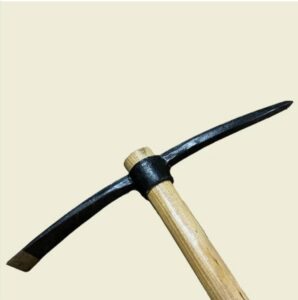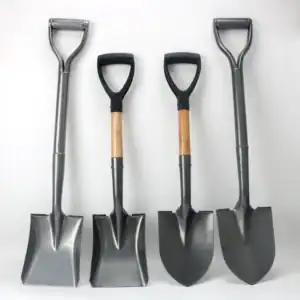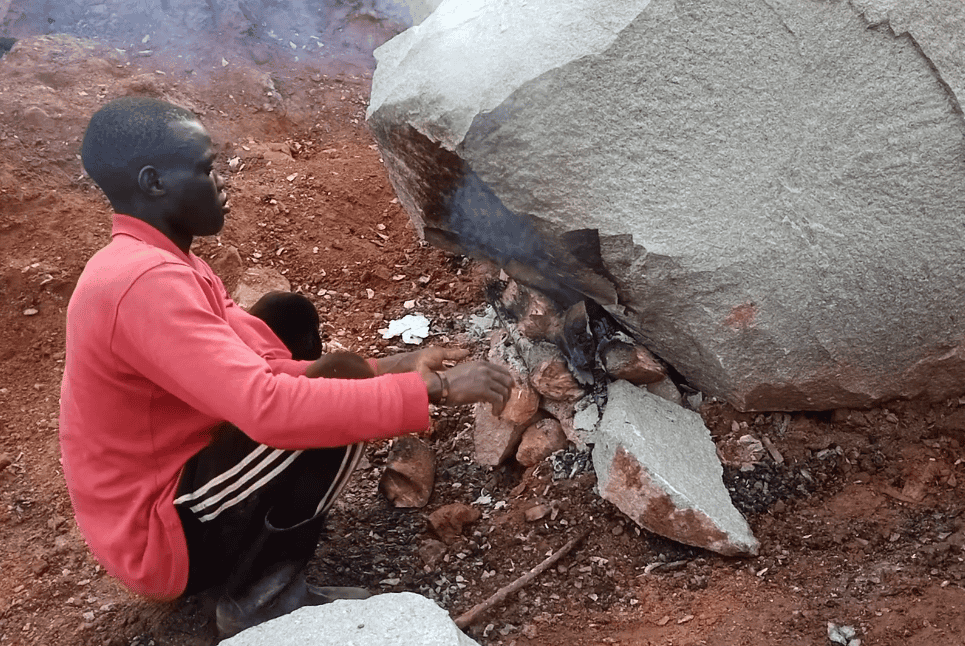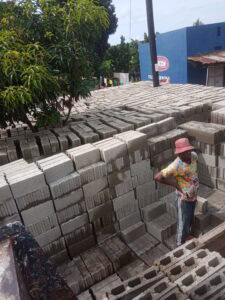How Stone Quarrying Provides Jobs in African Rural Areas
Across rural Africa, economic opportunities are often limited. Agriculture remains the backbone of most rural economies, but climate change, soil degradation, and market fluctuations have made it an increasingly unstable source of income. In this context, stone quarrying has become a vital alternative livelihood for many rural Africans, offering employment, income, and economic resilience where few options exist as shown in this tutorial;
1. What Is Stone Quarrying in the African Context?
Stone quarrying in Africa typically involves the manual or semi-mechanized extraction of rocks, gravel, and sand from the land. These materials are used in local construction and infrastructure development and sometimes exported to urban center. In many rural African communities, quarrying is done using basic hand tools, requiring little to no formal education or startup capital—making it accessible to a wide segment of the population.
Tools used in stone quarrying
Hand Tools
-
- Hammer and Chisel

-
- Used for breaking rocks and shaping stones. Essential for manual quarrying where precision is needed.
-
- Hammer and Chisel
-
- Pickaxe

-
- Useful for loosening rocks and breaking smaller pieces from larger formations.
-
- Pickaxe
-
- Crowbar (Pry Bar)
-
- Helps in levering and lifting large stone blocks.
-
- Crowbar (Pry Bar)
-
- Shovel and Spade

-
- For digging around stones and clearing debris.
-
- Shovel and Spade
Sledgehammer

-
- Heavy hammer used to break large rocks into smaller pieces.
Wedges and Feathers
-
- Metal tools inserted into drilled holes; when hammered, they split the rock along natural fissures.
Wheelbarrows and Carts

-
- For moving stones around the quarry site.
2. Direct Employment Opportunities in Rural Africa
Stone quarrying generates thousands of jobs in rural African communities. These include:
-
- Manual stone breakers and cutters: Common in countries like Uganda, Nigeria, and Kenya, where men and women use hammers and chisels to break rocks into sellable sizes.
-
- Transporters and loaders: Often, these are youth who carry stones to roadsides or trucks for delivery.
-
- Machine operators: In semi-industrial sites, small crushers and excavators need operators and mechanics.
-
- Site support workers: Such as cooks, tool sharpeners, and guards.
These roles offer daily wages or payment per load, creating a cash flow that supports families and local markets.
3. Indirect Employment and Local Economic Activity
In addition to direct jobs, quarrying in rural Africa supports a range of indirect livelihoods:
-
- Vendors selling food, drinks, and basic supplies near quarry sites
-
- Tailors and market traders supplying quarry workers with work clothes and gear
-
- Artisans repairing tools or building carts and wheelbarrows
-
- Landowners leasing their land for quarrying activities
This creates a local micro-economy that circulates money within the community and boosts rural entrepreneurship.
4. Opportunities for Women and Youth
In many African countries, women are heavily involved in quarrying work—particularly in tasks such as stone sorting, breaking, and transporting. This helps women earn their income, pay for school fees, and support their households. Similarly, young people, often unable to find formal employment, turn to quarrying to avoid migration or idleness.
For example:
-
- In Tanzania, women-run quarry cooperatives are gaining attention.
-
- In Ghana, rural youth have turned to small-scale stone mining after leaving farming.
-
- In Nigeria, families engage collectively in quarrying to make ends meet.
-
- In Uganda, mostly in some areas of kigulu in iganga district. stone quarrying provides direct employment to many residents of Kigulu Iganga, including men, women, and youth. Quarry workers break, cut, and transport stone used in construction projects locally and beyond. These jobs offer steady income, helping families improve their standards of living.
5. Challenges in Rural African Quarrying
Despite its economic importance, quarrying in Africa’s rural areas faces several challenges:
-
- Health and safety risks: Lack of protective gear leads to injuries and long-term illnesses from dust exposure.
-
- Poor regulation: Many rural quarries operate informally, without licenses or labor protections.
-
- Child labor: In some regions, children are involved due to economic necessity.
-
- Environmental degradation: Unregulated quarrying can lead to deforestation, water pollution, and soil erosion.
6. Toward Safer and More Sustainable Quarrying
Improving conditions in rural African quarries requires:
-
- Training programs for safety and better techniques
-
- Access to safer tools and equipment
-
- Government oversight and community involvement
-
- Formalization of informal quarrying through cooperatives or local licensing systems
With support from NGOs, governments, and the private sector, quarrying can become a safer and more stable livelihood for rural Africans.
7. Conclusion
In rural Africa, stone quarrying is more than just hard labor—it is a survival strategy and a source of empowerment for many. While the work is tough and often underappreciated, it provides essential income and dignity to those who have few alternatives. With the right investments in safety, sustainability, and policy, quarrying can help lift rural communities out of poverty—one stone at a time.




